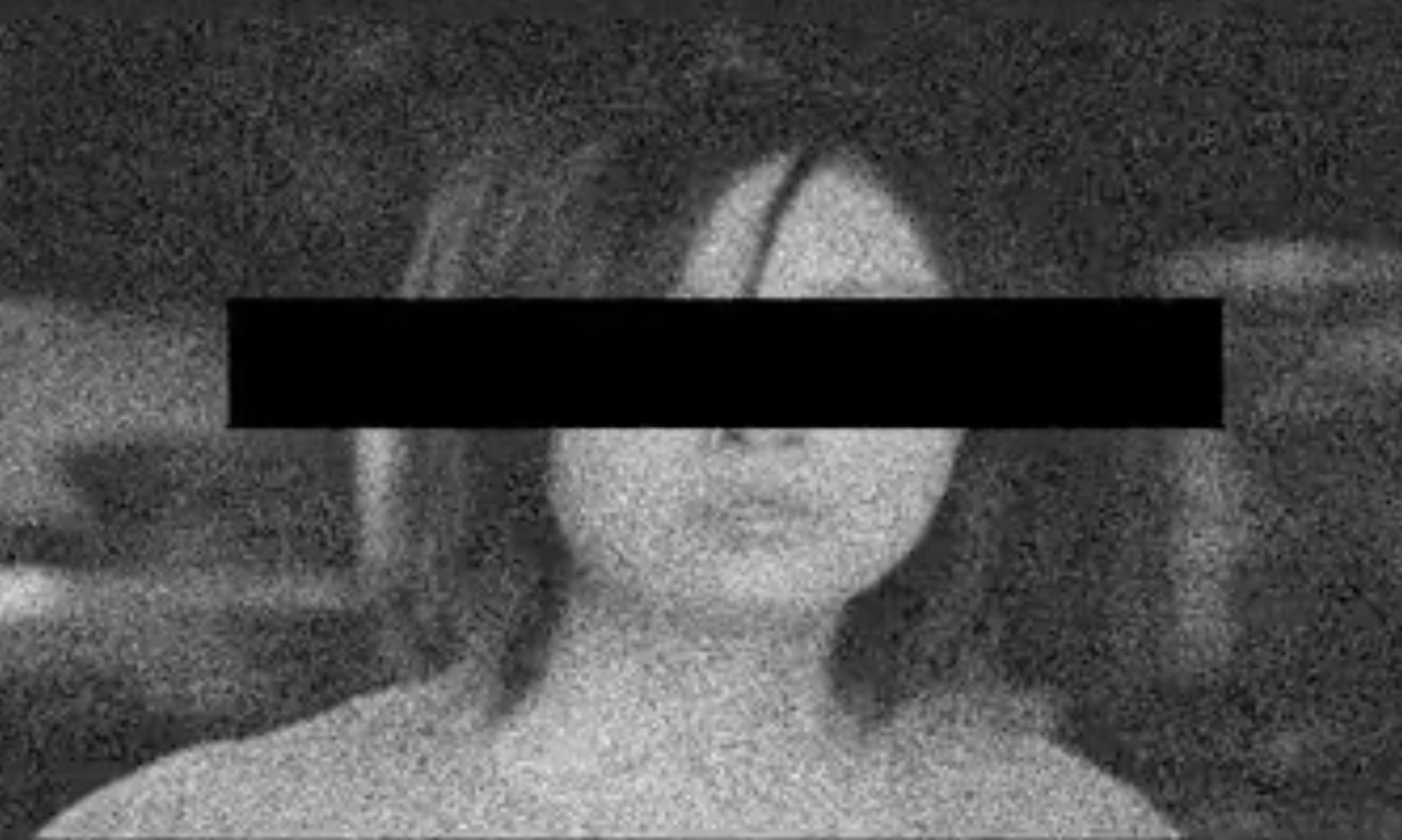The Inability to Standardize Grief in Sulla
by Isabella MacChia
Please read the crafter statement before watching the video essay. Thank you.
Sulla Stessa Onda tells the story of a girl named Sara, who meets a boy named Lorenzo at a sailing camp. At first glance, it seems like a typical teenage love story, but then viewers get a harsh twist. Sara has some sort of degenerative disease (the details are never mentioned) and the story becomes one about how Sara, her family, Lorenzo, and Lorenzo’s family come together to work through the situation they’ve been given.
My original goal with this video essay was to show the differences in how the two generations (parental figures and children) processed grief. Sara’s parents are separated, and Lorenzo lives with his father and his aunt, and I wanted to show how generational differences impacted their various responses to Sara’s illness.
As a way to better show the comparisons, I decided to examine how these two generations passed through the “5 Stages of Grief,” technically referred to as the Kübler-Ross grief cycle. As they are typically known today, the five stages are (in this order): denial, anger, bargaining, depression, and acceptance (Rogers).
These five stages were created as some sort of standardization to a process that has no one way of manifesting itself. It is human nature to want to have a clear, concise process to follow, especially when dealing with difficult emotions such as grief. But can this standardization ever truly be accurate, especially considering the many ways in which humans differ?
The characters of the movie go through the five stages of grief in different ways, and in some cases it was hard to attribute instances where they went through a certain stage at all. Could both of the generations technically have scenes that attribute to each of the five stages? Perhaps, but that also depends on how far the viewer is willing to stretch.
One question I had to ask myself when putting this together was: is this comparison all for nothing since, as Sara is still alive, the other characters haven’t yet experienced a loss? But then I discovered a key detail about the Kübler-Ross grief cycle. When it was created in 1969, it actually wasn’t modeled off of people who had experienced loss.
In an article from the McGill Office for Science and Society, Ada McVean wrote an article in 2019 entitled “It’s Time to Let the Five Stages of Grief Die” about this exact detail. She also writes about how detrimental it is that these stages are so normalized as the timeline of how people “should”grieve. She writes “In reality Kübler-Ross developed her stage model after interviewing many individuals with life-threatening illnesses. It was only the experiences of these patients that she attempted to model” (McVean).
The five stages of grief are so often used as an expected progression for when one experiences loss, but this isn’t even what they were created for. “The five stages of grief were never meant for the bereaved. That’s just how they’ve been applied again and again” (McVean).
I was originally worried if my application of the five stages of grief in this situation would be ineffective considering that no one had experienced a loss yet. But as I found out the true meaning behind the five stages of grief, the meaning of my video essay changed as well. While Sara does have a terminal illness and my application of the five stages to her situation could be “correct,” I also apply these stages to the other characters. Furthermore, I don’t include these scenes in any sort of chronological order, moving away from the idea that grief is a linear process that one must follow step by step. In an attempt to standardize something like grief that will always be a very individual process, we’ve created completely inaccurate stereotypes that make us think we have to follow a certain course in order to grieve “correctly.”
My video essay now serves to show how the five stages of grief are almost entirely arbitrary, and that everyone goes through the process of grief differently. The true “acceptance” stage involves the realization that everyone grieves in a distinct way, and the recognition that grieving with others can often make the process a much more peaceful experience.
Works Cited
- McVean, Ada. “It’s Time to Let the Five Stages of Grief Die.” Office for Science and Society, McGill University, 31 May 2019.
- Rogers, Kristen. “Five Stages of Grief, and How to Get through Them.” CNN, Cable News Network, 12 Sept. 2021.
